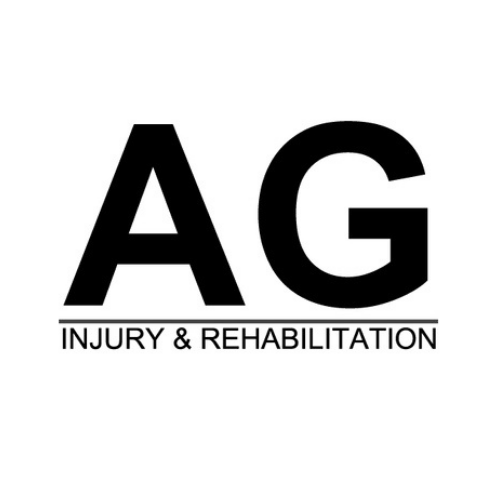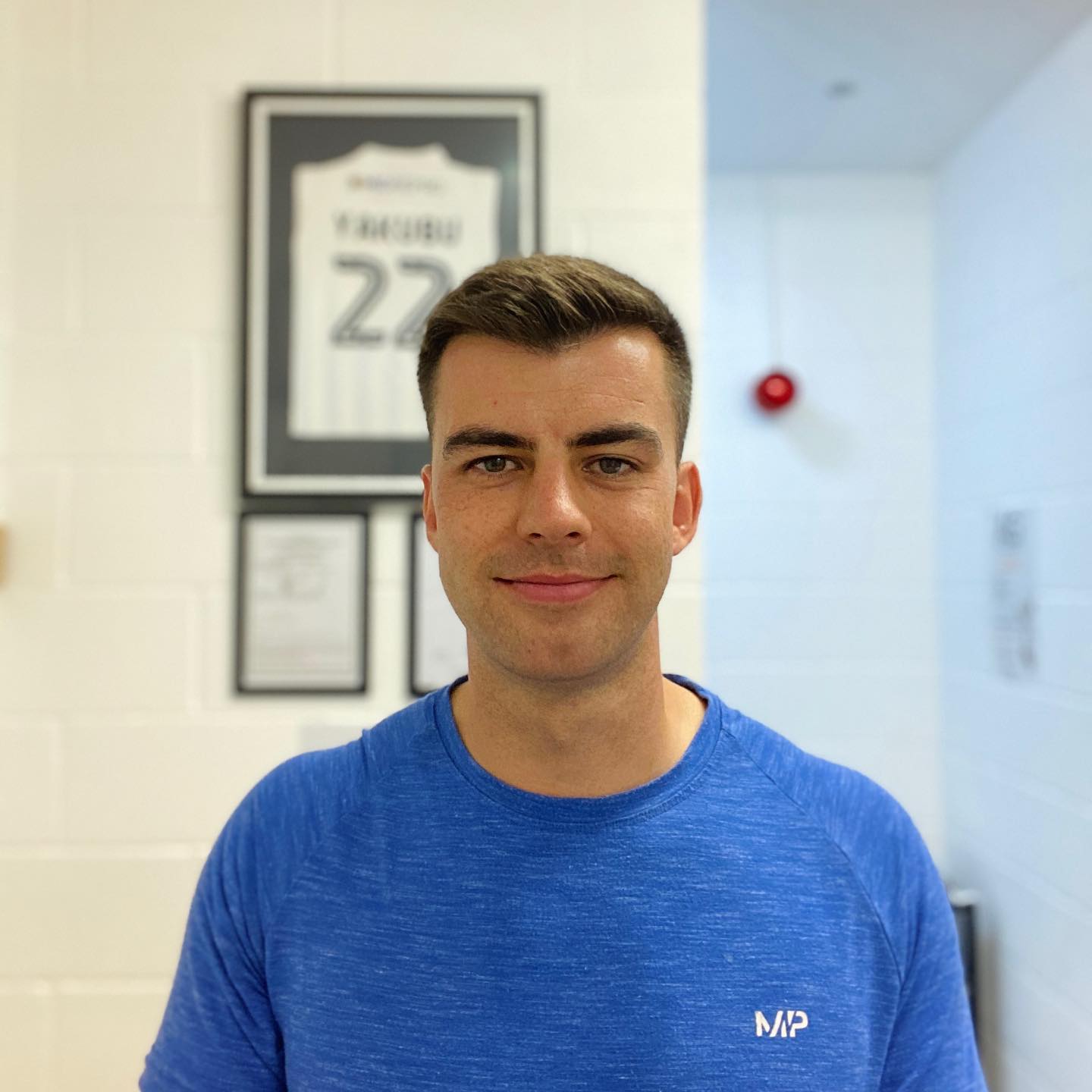Every year, countless young athletes face an unexpected hurdle in their sports journey - heel pain that seems to appear out of nowhere. While parents might worry about serious foot conditions, the culprit is often Sever's disease, a common growth-related condition that affects active children during their prime developmental years.
This temporary but impactful condition affects up to 16% of children involved in sports, particularly during growth spurts between ages 8 and 14. Understanding Sever's disease isn't just about managing pain; it's about helping young athletes maintain their active lifestyle while their bodies navigate the challenges of rapid growth.
Understanding Sever's Disease
Sever's disease stands as a common source of heel pain in children, particularly affecting those between 8 and 14 years old. This condition occurs when inflammation develops in the growth plate at the back of the heel bone, known medically as the calcaneal apophysis.
The condition frequently appears during periods of rapid growth, when bones grow faster than muscles and tendons can stretch. Active children who participate in running and jumping sports face a higher risk of developing this heel pain condition. The pull of the Achilles tendon on the growth plate creates stress and inflammation, leading to discomfort.
Children with Sever's disease often report pain that intensifies during physical activities and improves with rest. The pain may be sharp or dull, and many children experience increased discomfort when the back of the heel is squeezed. Some children adjust their walking pattern, moving on their toes to avoid putting pressure on their heels.
This type of heel inflammation typically resolves on its own as children complete their growth phase, though symptoms can significantly impact daily activities while present.
Causes and Risk Factors
Several factors contribute to the development of Sever's Disease in children. The primary cause stems from repetitive stress on the heel bone during running and jumping activities. Sports that involve cleats, such as soccer and baseball, place additional strain on the heel area.
Growth spurts play a significant role, as bones often grow more quickly than surrounding soft tissues. This rapid growth creates tension when the Achilles tendon becomes tight and pulls on the growth plate at the heel. The resulting stress leads to inflammation and pain.
Children who participate in high-impact sports face an increased risk of developing this condition. Other risk factors include excess body weight, which puts added pressure on the heel bone, and biomechanical issues that affect foot movement. Wearing shoes with poor cushioning or support can also make children more susceptible to heel pain.
The combination of physical activity and growth-related changes often triggers symptoms, particularly during sports seasons or periods of increased athletic participation.
Recognizing Symptoms and Signs
Pain patterns in Sever's Disease follow a pattern. Children often report heel discomfort that comes and goes, with pain intensifying during physical activities and improving with rest. The back of the heel becomes tender to touch, making it painful when squeezed from side to side.
Most children show noticeable changes in their walking pattern. They might walk on their tiptoes or with a limp to avoid putting weight on their painful heel. Some children experience more severe pain in the morning or after sitting for long periods, which typically improves after moving around.
The pain can range from mild discomfort to severe aching that affects daily activities. Unlike other foot conditions, the pain in Sever's Disease symptoms concentrates specifically at the back of the heel where the Achilles tendon attaches. This distinguishes it from general arch pain or plantar fasciitis, which affects the bottom of the foot.
Physical activities, especially those involving running or jumping, often make the symptoms worse. Many children find it difficult to participate fully in sports or physical education classes during flare-ups.
Diagnosis of Sever's Disease
Medical professionals diagnose Sever's Disease primarily through physical examination. During the assessment, doctors check for specific signs by squeezing the sides of the heel, which typically produces pain in children with this condition. They also examine the child's walking pattern and assess the flexibility of the Achilles tendon.
The squeeze test serves as a key diagnostic tool. When pressure applied to both sides of the heel creates pain, it strongly suggests Sever's Disease. Doctors also watch how children walk and run to spot any changes in movement that might indicate heel discomfort.
While X-rays don't directly show Sever's Disease, doctors sometimes order them to rule out other potential causes of heel pain, such as fractures or bone cysts. The growth plate might appear fragmented on X-rays, but this can be normal in growing children and doesn't confirm the diagnosis.
The combination of age, physical activity level, location of pain, and physical examination findings helps doctors make an accurate diagnosis. Most children receive their diagnosis based on symptoms and examination alone, without needing additional testing.
Home Treatment Options and Management
Several at-home methods help manage heel pain in children with Sever's Disease. Stretching exercises targeting the calf muscles and Achilles tendon form a key part of treatment. Children should perform gentle stretches 2-3 times daily, holding each stretch for 15-20 seconds.
Ice therapy reduces inflammation and helps control pain. Apply ice to the heel area for 15-20 minutes after activities or when pain flares up. Place a thin towel between the ice pack and skin to protect it.
Rest plays a vital role in recovery. Children should limit running and jumping activities until pain subsides. Swimming and cycling offer good alternatives that maintain fitness while reducing stress on the heels.
Proper footwear makes a significant difference in managing symptoms. Shoes should have good arch support and cushioned soles. Adding heel cups or inserts provides extra padding and reduces pressure on the painful area. Sports shoes need regular replacement to maintain proper support and cushioning.
For immediate pain relief, children can try rolling their foot over a cold water bottle or foam roller. This gentle massage helps stretch the muscles while providing cold therapy.
Medical Interventions and Specialist Care
When symptoms become severe, medical professionals offer several treatment options for children with Sever's Disease. Over-the-counter medications like ibuprofen or naproxen help reduce pain and inflammation. These medications work best when taken before activities that might trigger heel discomfort.
Physical therapy plays a key role in recovery. Therapists teach specific stretching and strengthening exercises targeting the calf muscles and Achilles tendon. They may also use techniques like ultrasound or massage to help reduce pain and improve flexibility.
Custom orthotics provide targeted support for the heel area. These specialized shoe inserts distribute pressure evenly across the foot and reduce strain on the growth plate. A podiatrist or orthopedic specialist can prescribe orthotics designed specifically for each child's specific needs.
In cases where pain persists despite conservative treatment, doctors might recommend temporary immobilization. A walking boot or cast keeps the heel stable and allows inflammation to subside. Most children wear the boot for 1-2 weeks, though duration varies based on symptom severity.
Treatment plans often combine multiple approaches, adjusted according to each child's response and activity level.
Prevention Strategies and Long-term Prognosis
Regular stretching exercises protect against Sever's Disease flare-ups. Children should stretch their calf muscles and Achilles tendon daily, particularly before and after physical activities. These stretches maintain flexibility and reduce stress on the heel's growth plate.
Proper footwear plays a central role in prevention. Children need shoes with strong arch support and shock-absorbing soles, replaced regularly as they wear down or the child's foot grows. Athletic shoes should match the specific sport's requirements and provide adequate heel cushioning.
A gradual approach to activities helps prevent symptoms. Children returning to sports after a break should increase their activity level slowly over several weeks. This gives muscles and tendons time to adapt to the increased demands of exercise.
The long-term outlook for children with Sever's disease symptoms remains positive. The condition typically resolves completely once the growth plate closes and bone growth finishes, usually by age 15. Most children return to full activity without lasting effects. However, ignoring symptoms or continuing high-impact activities during flare-ups may extend recovery time and increase discomfort.
Parents should monitor their children's symptoms and adjust activities accordingly, helping prevent recurring episodes while the growth plate remains active.
Managing Impact on Daily Activities and Sports
Children with Sever's Disease need specific activity modifications to manage their heel pain effectively. Taking breaks during physical activities helps prevent pain from becoming severe. When symptoms appear, switching to low-impact activities like swimming or stationary biking maintains fitness while reducing stress on the heel.
Sports participation requires careful planning. Children should stop activities when pain begins and avoid pushing through discomfort. Coaches need information about the condition to help modify training routines. Adding extra warm-up time and incorporating regular stretch breaks during practice sessions reduces strain on the heel.
Parents should watch for signs that indicate medical attention is needed. These include pain that persists despite rest, limping that lasts more than a few days, or swelling around the heel area. If heel pain interferes with sleep or daily walking, consulting a doctor helps prevent the condition from worsening.
A gradual return to sports activities works best. Start with short practice sessions and slowly increase duration and intensity. Regular check-ins about pain levels help determine when to adjust activity levels.
Advice for Parents and Caregivers
Parents play a vital role in helping children manage Sever's Disease symptoms. Regular monitoring of physical activities and pain levels helps catch problems early. Watch for changes in your child's walking pattern or complaints about heel pain, especially after sports.
Communication with coaches and teachers keeps everyone informed about activity restrictions. Share information about your child's condition and any modifications needed during physical education or sports practice. This helps create a supportive environment for recovery.
Keep track of your child's shoe wear patterns and replace footwear before it loses support. Check that shoes fit properly and provide good heel cushioning. When using orthotics or heel cups, make sure your child wears them consistently.
Set realistic expectations about recovery time and activity limitations. Help your child understand that taking breaks and following treatment plans leads to faster healing. Look for alternative activities that maintain physical fitness without causing heel pain.
Contact healthcare providers if pain worsens or persists despite rest and home treatment. Regular follow-up appointments help track progress and adjust treatment plans as needed.
Managing the Journey Forward
Living with Sever's disease requires patience and understanding from both children and parents. While the condition can temporarily sideline young athletes from their favorite activities, the silver lining lies in its temporary nature. With proper management and care, children can maintain an active lifestyle while their bodies adapt and grow.
The key to success lies in finding the right balance between activity and rest, coupled with appropriate medical support when needed. Remember, this common childhood condition is not just a challenge to overcome but an opportunity to teach young athletes about body awareness and the importance of proper care in sports.

